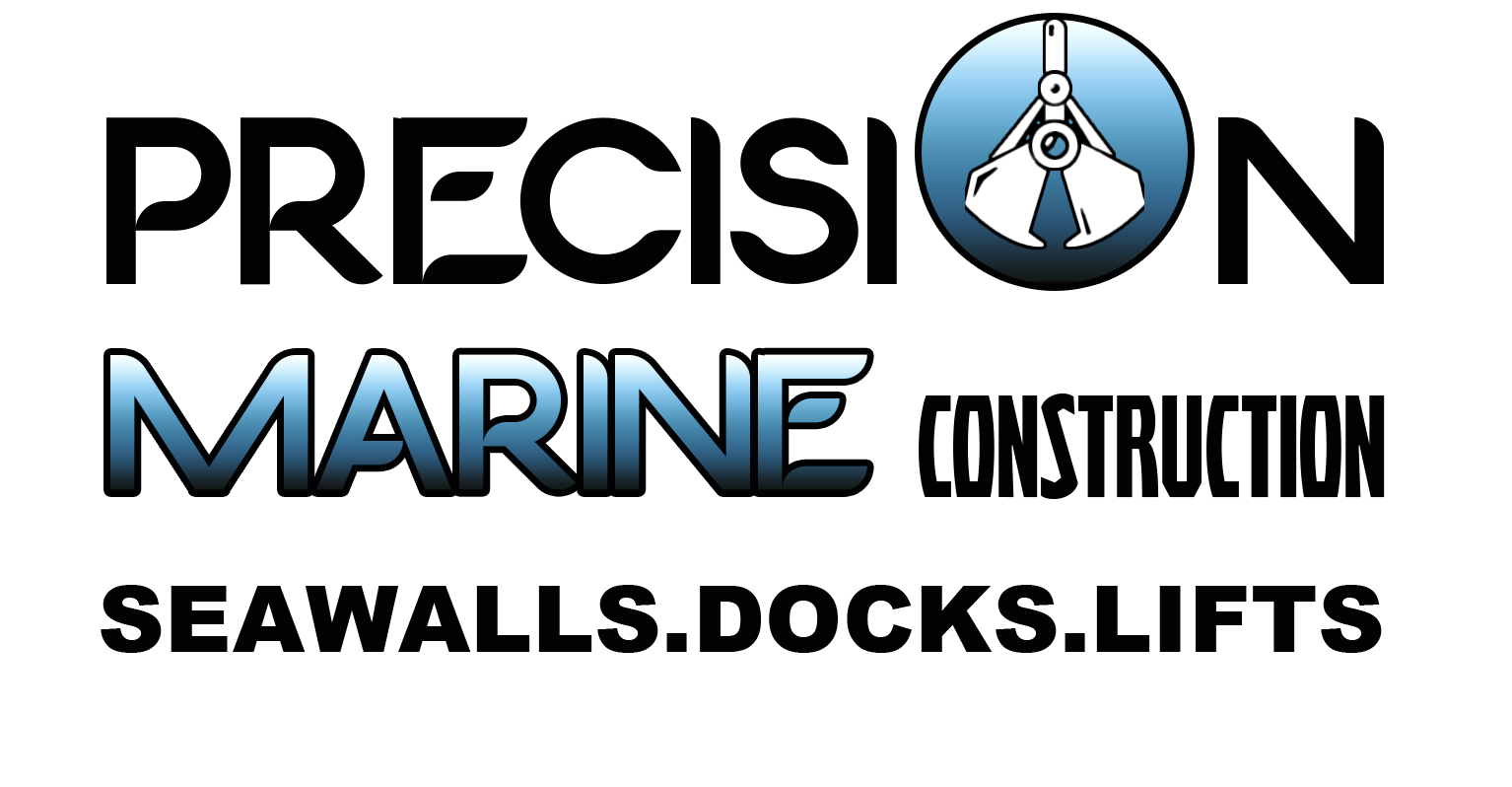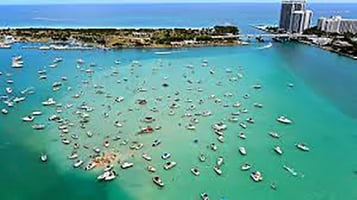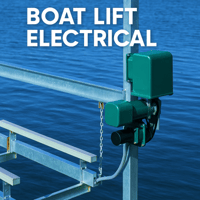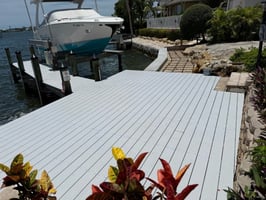Boat trips always have the potential for something to go wrong, but that doesn't mean it has to...
Understanding Tides for Boating Safety
 Whether you’re a seasoned boater or just getting started.
Whether you’re a seasoned boater or just getting started.
Keeping up with the tides is essential. Why? Because knowing when and where the tides will rise, and fall can make all the difference when it comes to safety. Understanding tides for boating safety can help you avoid hidden hazards and stay safe on the water.
What to do during tidal changes
If you’re boating during tidal changes, you should keep a few things in mind. The first is to observe safe operating practices, such as wearing a life jacket, keeping your boat in gear, and knowing your boat’s limits. The second is to be aware of your surroundings, keeping an eye out for other vessels. The main thing to remember when the tide is rising or falling is that you should stay out of low-lying areas. If you’re unfamiliar with an area, or if you’re on foot, steer clear. Don’t sail into shallow water. You should also keep in mind a few things when the tide is rising or falling. For example, if you’re boating during a high tide, you should always be aware of your surroundings. You should also avoid putting small boats or jet skis in the water while the tide changes.
Understanding how tides affect boating
The combination of the ebb and flow of the tides, along with the Earth’s rotational speed and the Sun’s gravitational tug, causes water levels to change throughout the day. Knowing when and where these changes occur can help boaters stay safe and avoid hidden hazards on the water.
Why is knowing tides important?
Tides are a natural power source, and the rising and falling of the tide can harness that energy to power devices like tidal mills. Understanding when and where the tides are going to change is helpful when it comes to navigation. Knowing where the high and low tides occur can help you determine which way is “up” and “down,” which is especially helpful when venturing into unfamiliar territory.
· High Tide
You’ve probably heard the term “high tide,” but what does it mean? The high tide is the highest point on the Earth’s surface relative to the rest of the planet. It could be the sea level or the height of the tide in relation to the mean high-water mark. At its highest, the high tide is also known as the “full” or “highest” tide. The high tide occurs when the tidal bulge or spring tide aligns with the Earth’s rotation. The gravitational pull of the Moon and the Sun causes the sea levels to rise and fall, bringing the high tide to land. During the next two high tides, the sea level will be lowest - known as the “low” or “lowest” tide - and then, during the next two low tides, the sea level will be highest - known as the “highest” or “full” tide.
· Low Tide
The low tide occurs when the tidal bulge or neap tide aligns with the Earth’s rotation. The gravitational force of the Moon and the Sun causes the sea levels to fall, bringing the low tide to land. During the next two low tides, the sea level will be highest - known as the “highest” or “full” tide - and then, during the next two low tides, the sea level will be lowest - known as the “low” or “neap” tide.
· Ebb Tide
An ebb tide is the opposite of a high tide. It occurs when the tidal bulge or spring tide aligns with the opposite direction of the Earth’s rotation. The gravitational pull of the Moon and the Sun causes the sea levels to fall, bringing the ebb tide to land. During the next two ebb tides, the sea level will be lowest - known as the “lowest” or “neap” tide - and then, during the next two high tides, the sea level will be highest - known as the “full” or “highest” tide.
· Flowing Tide
It is like an ebb tide, but just a little later in the tide cycle. When the tidal bulge or neap tide aligns with the opposite direction of the Earth’s rotation, the Moon's and the Sun's gravitational force causes the sea levels to rise, bringing the flowing tide to land. During the next two high tides, the sea level will be highest - known as the “highest” or “full” tide - and then, during the next two low tides, the sea level will be lowest - known as the “lowest” or “neap” tide.
· The Neap Tide
It is the slowest of the five tides. It happens only when the Moon is new and the time of the month when the tide is at its lowest. After approximately 29.5 days, the Moon moves out of the way, and the tidal bulge moves out of position, causing a new lunar cycle.
Change in tide
A change in tide is the name given to the movement of the sea when the high tide is different than average. It can be caused by several factors, such as the distance between the Moon and Sun, the direction of the wind, or even atmospheric pressure. A change in tide can be as little as a half-foot to as much as four feet, which is enough to cause significant problems for boat operators. Knowing when and where the tides are going to change can also be helpful when it comes to safety. For example, knowing when the tide will rise or fall in the shallow waters near cliffs or shorelines can help you avoid visiting those areas at high tide.
Whether you are boating or having a dock, seawall, or boat lift installed or repaired, having the proper tide information during the process is extremely important.
Call the professionals at Precision Marine Construction at 941-924-6044 for a free estimate for all your marine needs.




Blog comments